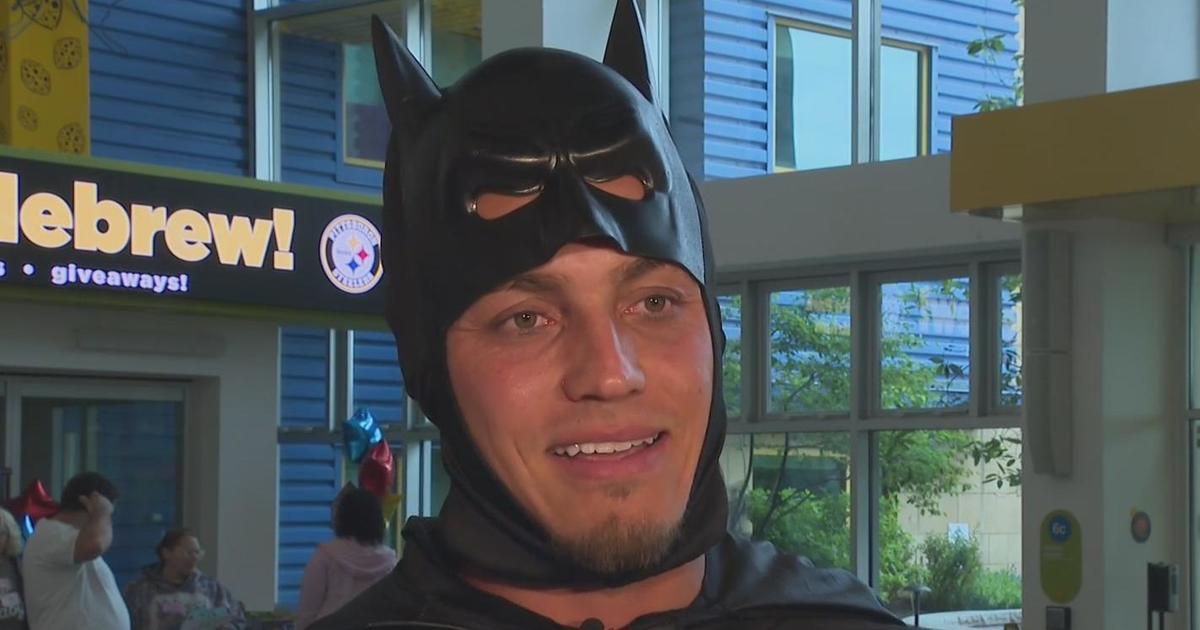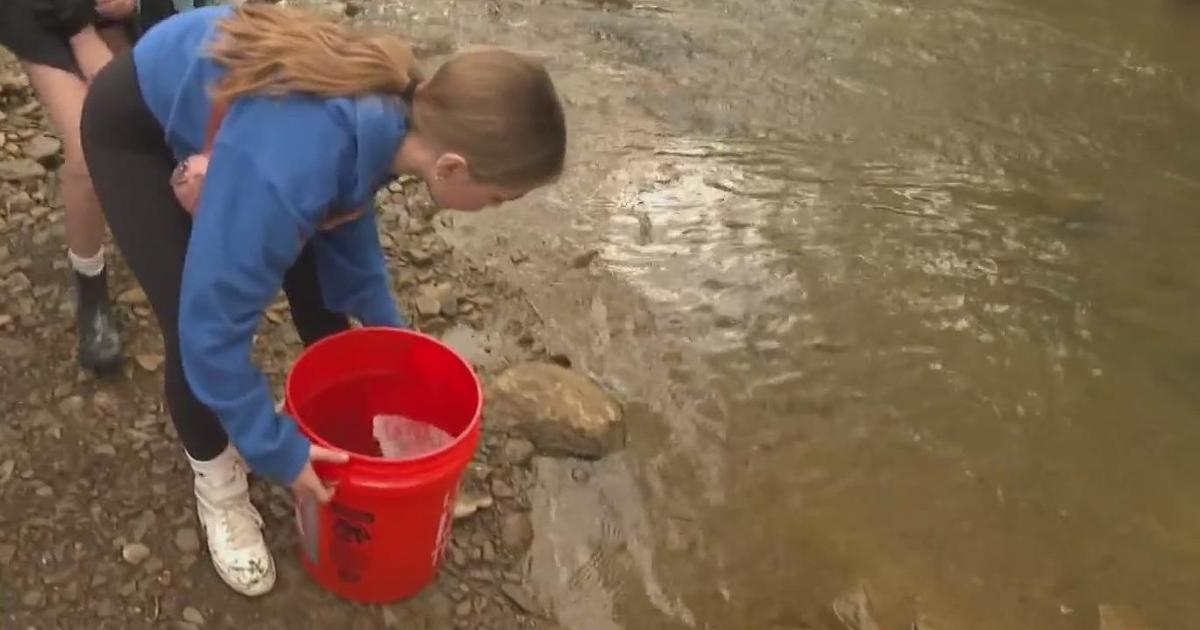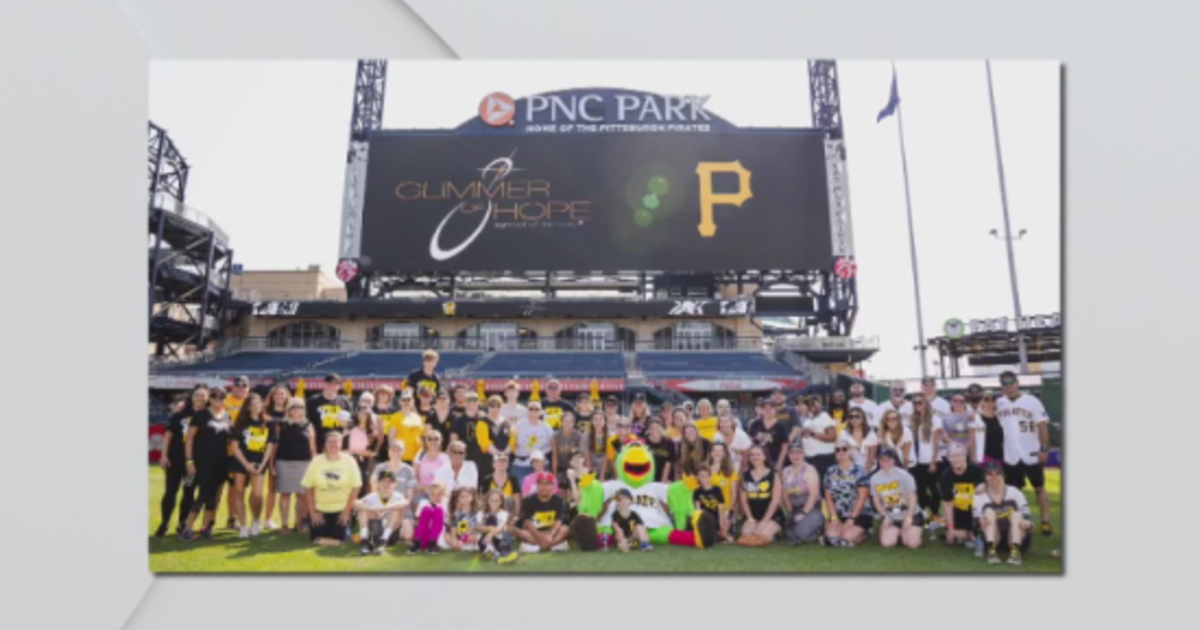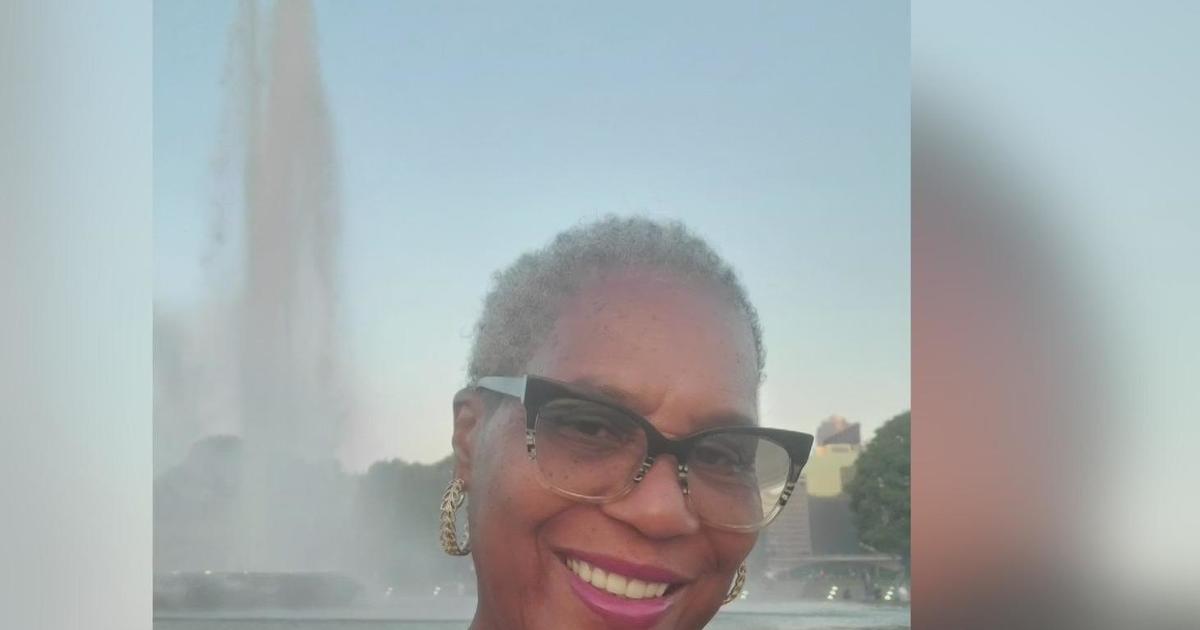Measuring the impact of COVID-19 on the education gap in classrooms
PITTSBURGH (KDKA) -- With every passing day of the new school year, teachers are having to pull double duty as they teach this year's lessons, but also are trying to make up for the pandemic gap.
It's a real issue in virtually every classroom and KDKA's John Shumway took a look at how teachers are trying to handle it.
First off, no one is to blame for the gap -- not students, schools, or teachers, but the gap needs to be addressed or it will only get larger and the kids will pay the price.
There is a general assumption that because the kids are back in school, that all is back to normal.
Dr. Leanna Lawson, the Program Director of Training and Consultation at the Allegheny Intermediate Unit says that that there are numerous requests for help coming in from the 42 school districts in the AIU.
"It becomes very challenging to figure out what needs addressed for individual students and then the students as a whole," Lawson said.
Carlynton School Superintendent Dr. John Kreider says the gaps aren't just academic.
"We're coming along. We are recognizing that there are gaps in learning but our teachers are working very hard and I know it's not just the Carlynton -- it's schools across Allegheny County, across Pennsylvania, and across the United States to fill in those gaps," Kreider said.
Kreider says that there are some students entering kindergarten that didn't attend preschool or students entering 1st grade that didn't attend kindergarten.
In addition to an academic gap, this can also cause a socialization and emotional gap.
"We want kids to be fostering their peer relationships and friendships and that sense of belonging in a school environment, Lawson said.
These issues aren't limited to younger students, as Lawson says issues are being recognized across all grades and that all issues are not the same.
Part of the issue is that every child's gap is different, so the schools are working to get them caught up while continuing this year's work.
The inconsistency of education, online, in-person, or virtual learning over the past couple years has helped create the gap because students haven't learned evenly and are missing things.
"Many schools have hired different personal reading specialists or math specialists to help close those gaps with with individual children who are experiencing those difficulties especially in reading and math," Kreider said.
"Reading and math has a lot of connections to the sciences to extracurriculars and so on. So that's where a lot of schools put put some of their efforts," Kreider said.
With the number of hours available in school, the pressure is on.
"Because they not only need to close some of those gaps, but they need to keep the learning going so that kids don't fall further and further behind," Lawson said.
Lawson says parents shouldn't assume their child is gapless and suggests reaching out to their teacher or teachers.
"Teachers can often be very explicit about what kinds of skills that kids might need to practice at home to to help being caught up," Lawson.
Lawson and Kreider both say that the recovery from the pandemic gap won't come quickly and that it's critical for high schoolers who need to cram it in quickly -- for the younger kids, the full catch-up might be measured in years.
As a parent, if your child's teacher identifies a particular skill, you can follow their lead and work with the children.
This gap is a significant issue and the schools are dealing with it head-on every day.




